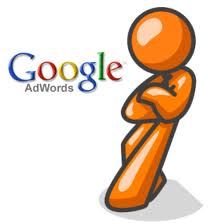– Fancy F’s –
Feeds: A Web document that is a shortened or updated version of a webpage created for syndication. Usually served at user request, through subscription; also includes ad feeds to shopping engines and paid-inclusion ad models. Ad feeds are usually in Extensible Markup Language (XML) or Rich Site Summary format.
Freemium: A business mode that offers basic services for free, or is ad supported, but charges a premium for advanced or special features. The model is popular with Web 2.0 companies that acquire companies through referral networks, organic search marketing and word of mouth.
Frequently Asked Questions (FAQ): A document that answers the most common questions on a particular subject.
Fluid Dynamics Search Engine (FDSE): An easy-to-install search engine for local and remote sites that returns fast, accurate results from a template-driven architecture. Freeware and shareware versions are available.
Frames: An HTML technique that allows two or more pages to display in one browser window. Many search engines had trouble indexing websites that used frames, generally only seeing the contents of a single frame.
– Get up G’s –
Gateway Page (Also Doorway Page): A webpage created in hopes of ranking well for a term in a search engine’s non-paid listings.
Geographical Targeting: The analytical process of making decisions on the regions and locales on which a company should focus its marketing efforts.
Geotargeting: The method of targeting audiences geographically. Search marketers specify where ads should be placed, not just which keywords trigger the ads.
Geographical Segmentation: The ability to determine from which geographical area Web traffic is coming.
Graphical Search Inventory: Banners and other advertising units that can be synchronized to search keywords.
Thanks Performance Marketing for the definitions!
Check out these Related articles
- Embrace Freemium (altdevblogaday.com)
- EA bows to the great freemium fiasco (mobot.net)
- Freemium to premium [ed percival] (ecademy.com)
- International and Multilingual sites: The Criteria to Establish an SEO Friendly Structure (stateofsearch.com)
- 11 Considerations For International SEO (searchengineland.com)
- 5 Ways to Use Facebook GeoTargeting for Your Business (reubenshome.wordpress.com)




